Winter is upon us, so now is the perfect time for indulging in some warming comfort food, and I cannot think of anything more warming, literally speaking, than curry. Beer is the traditional English accompaniment but wine can work equally well, if not better for enhancing those flavours.
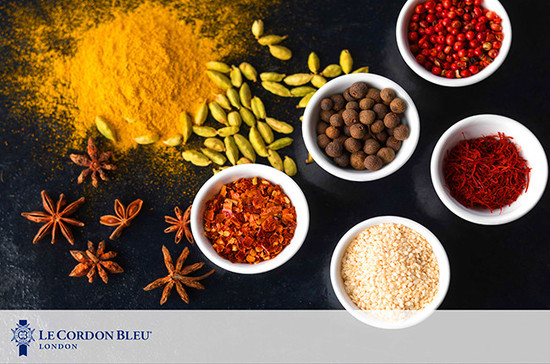
Wine with Curry: Top matches
· It’s all about the sauce
· Choose whether you want to feel the heat or play it cool
· Feel the heat – new world Chardonnay or GSM
· Play it cool – German Riesling, Grüner Veltliner or Gewürztraminer
Full article on drinking wine with Curry
Winter is upon us, so now is the perfect time for indulging in some warming comfort food, and I cannot think of anything more warming, literally speaking, than curry.
In order to narrow it down a little bit we will focus more on a traditional Indian curry and not the stomach wrenching, hangover cure, English version.
There are countless spices used in curries but the most common are red chilli, turmeric, coriander (seeds or leaves), cumin seeds, peppercorn, fennel seeds, clove, cardamom, cinnamon, cassia, nutmeg and mace, star anise, nigella (onion seeds), fenugreek seeds… and that is to name but a few!
The secret is for the spices to be cooked before being added to the base of the curry which is generally made of tomato, onion, fresh garlic and ginger. If seeds are used they should be fried in vegetable oil, and if the spices are powdered then they should be toasted, which will allow them to retain their aromatic properties rather than just adding heat to the dish.
Sauce, not meat, fish or vegetables, is key
During the food matching unit of our Diploma in Wine, Gastronomy and Management, our students are taken on an educational lunch to an Indian restaurant where they get to experience how different wines react to a variety on Indian spices. From this trip they learn that disregarding of the meat, fish or vegetables that accompany the curry, it is really the sauce and its seasoning that influences the beverage that one will pair with the dish. Another influencing factor is of course, the affinity of the drinker with the heat. Some will want to cool down the effect of the ginger and chilli and others will want to enhance it, but before you decide which wine to choose, you will need to take into consideration some basic interactions between the wine components and the hot spices as follows;
Acidity – the acidity in wine makes the mouth water and therefore helps to sooth the fierceness of the spices.Sugar – sugar has a coating effect and acts as a barrier between the food and your taste buds, protecting them and toning down the heat.Alcohol – this enhances the perception of spiciness, especially from the red chilli, ginger and turmeric.Tannins – tannins clash with the sweetness and acidity imparted by the onions and the tomatoes, and introduces more bitterness. It also enhances the perception of heat.
Reduce heat
If you want to sooth the heat then a wine (red or white) with high acidity, moderate alcohol and very low or no tannins is paramount. On top of that, sweetness is definitely going to be a bonus. This sounds exactly like an off-dryRiesling along the line of a Kabinett or an Auslese from a respectable German producer. The Brauneberger Riesling Kabinett made by Fritz Haag from the Mosel in a 2 or 3 year old vintage would be perfect. It is brimming with very ripe citrus, peach and has a lovely almost juicy, mineral acidity that refreshes the palate. Make sure you check the label when choosing a German wine, because if ‘trocken’ appears after the words Kabinett or Spätlese, the wine will be dry.
As there are alternatives abound, one could also indulge in other aromatic grape varieties such as Gewürztraminer, Grüner Veltliner or Torrontés to name but a few. The ideal soothing red would be a very fruity version of a Pinot Noir, a New World one being more appropriate like the juicy 2015 Picnic Pinot Noir made by the Two Paddocks winery in Central Otago, New Zealand, which is bursting with ripe red fruit violet, with a very refreshing finish. A light style of Valpolicella from Italy or Mencia from Spain would also work a treat.
Feel the heat
For the brave who like to feel the heat, anything other than the aforementioned should work. I would recommend in all cases to stick to younger, riper styles of wines, and avoid those with too much complexity as the spices might dominate any subtlety present in the wine. The white version of a spice booster would be a New World oaky Chardonnay loaded with exotic fruit, vanilla, pineapple and a slightly higher alcohol content of around 13.5% ABV, such has the 2014 Sonoma Coast Chardonnay from La Crema Vineyard in California, which is ripe with sweet spices and white peach.
As a red, you could go for an Australian Grenache Shiraz Mourvedre (GSM) such as the 2014 Miss Harry made by Hewitson vineyard in the Barossa Valley. This wine is reminiscent of blackberries, black peppercorn and Mediterranean fragrant herbs with a creamy, concentrated slightly spicy palate. As it could be considered an Australian version of Côtes du Rhône, any of those would work.
Now all that is left for you to do is chose a camp and decide whether you want to feel the heat or play it cool!
Translated by Leo / 孔祥鑫
All rights reserved by Future plc. No part of this publication may be reproduced, distributed or transmitted in any form or by any means without the prior written permission of Decanter.
Only Official Media Partners (see About us) of DecanterChina.com may republish part of the content from the site without prior permission under strict Terms & Conditions. Contact china@decanter.com to learn about how to become an Official Media Partner of DecanterChina.com.

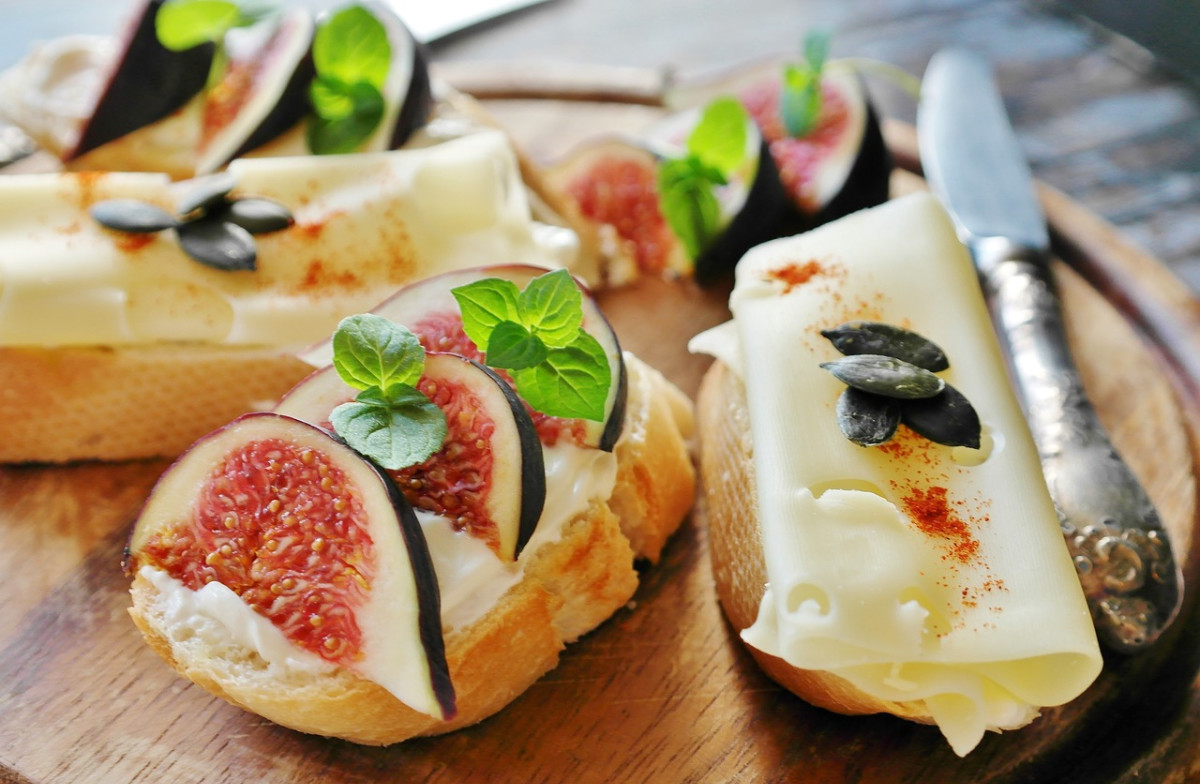
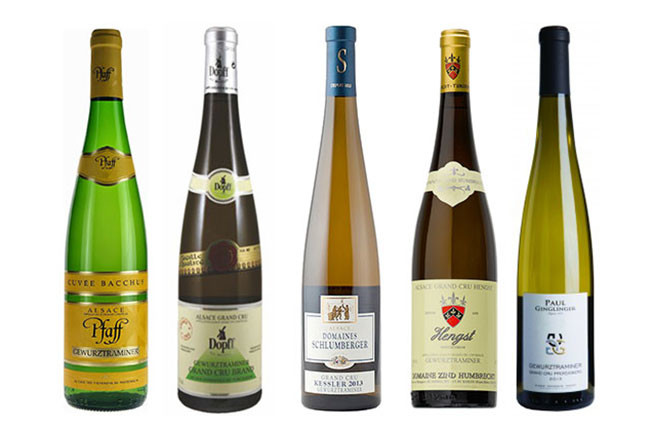
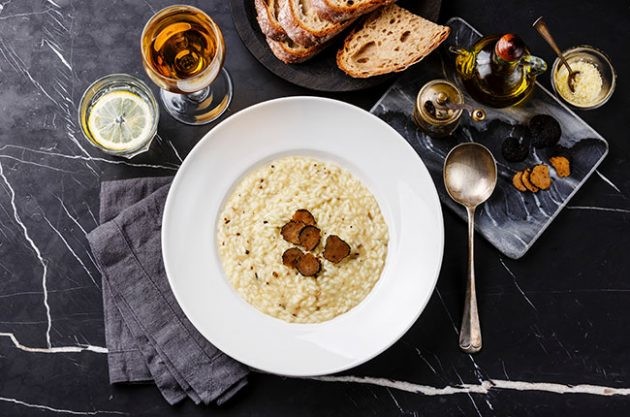
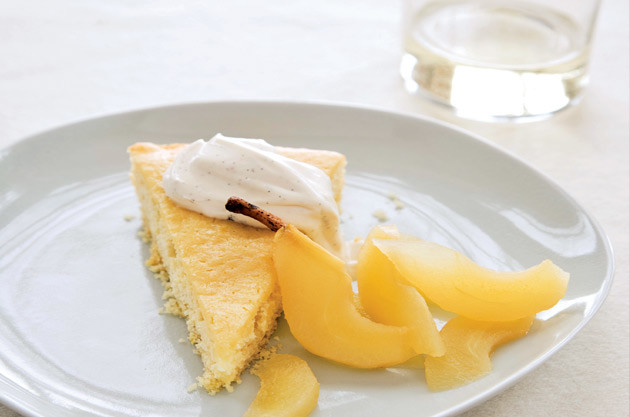
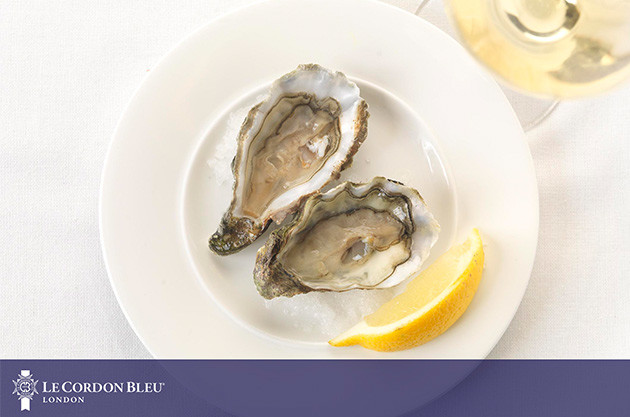
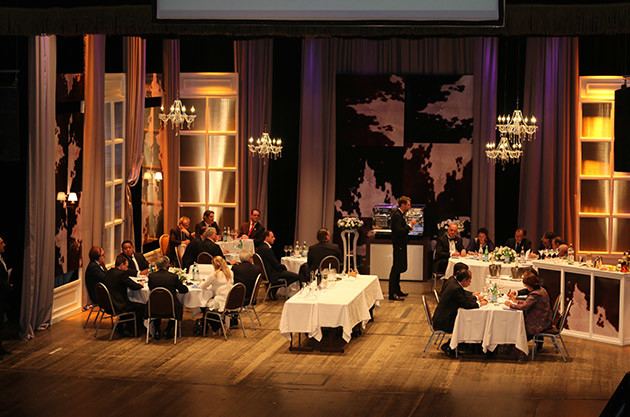
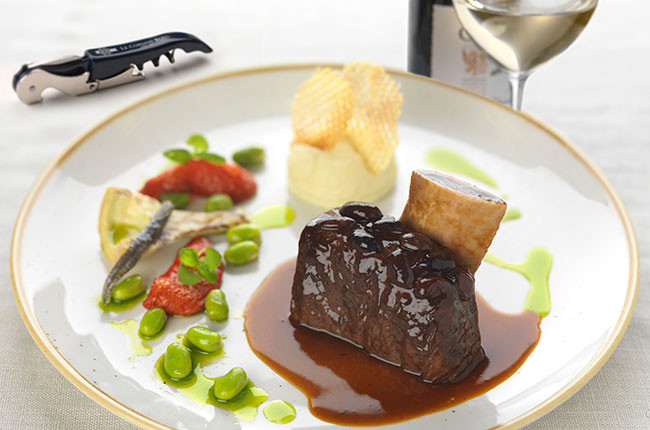

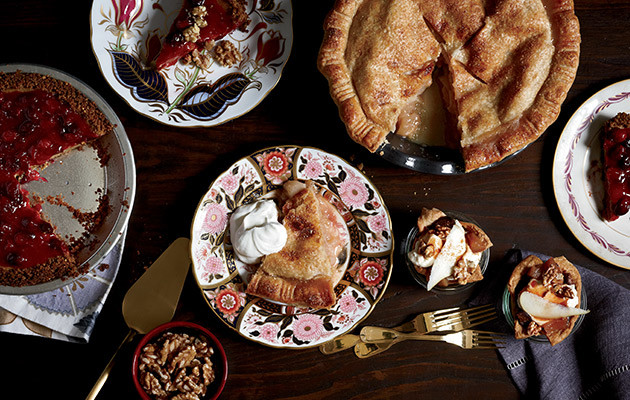
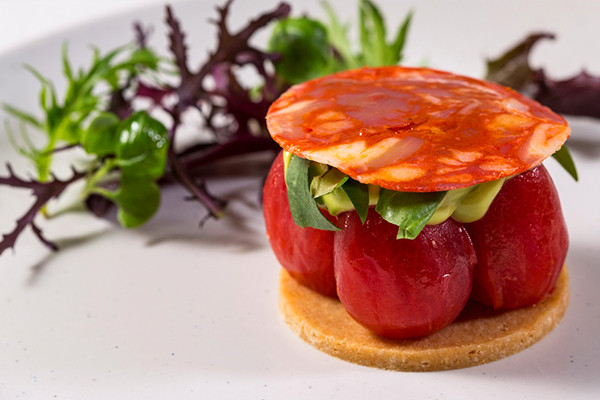
Comments
Submit